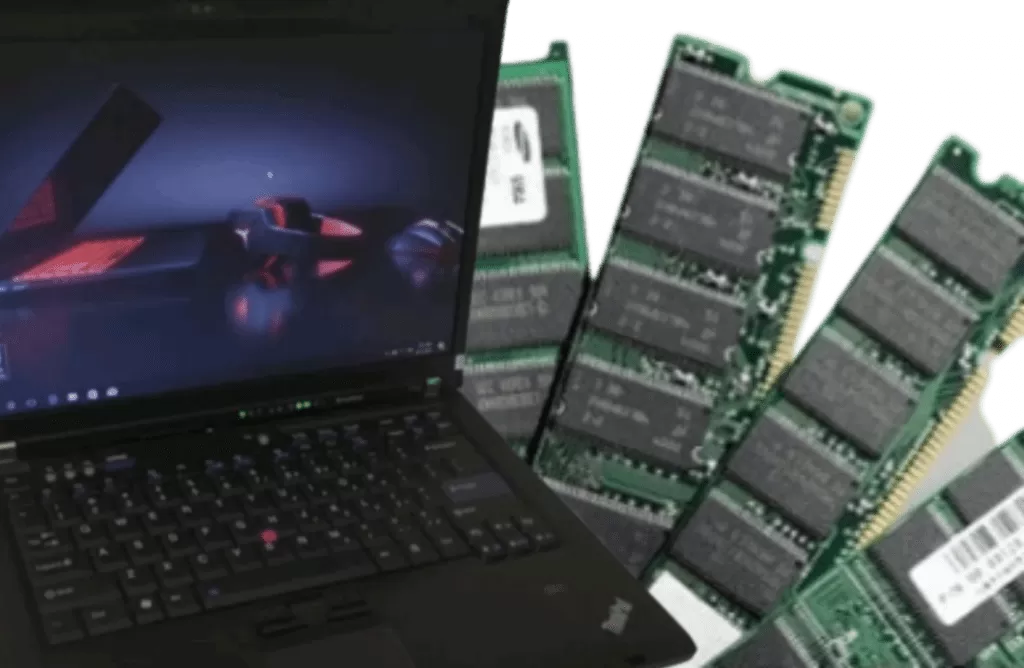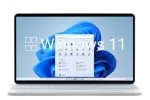Multymeter.com-Technology: The screen or display on a smartphone or cellphone is the most important part, not just Ram, Processor Rom, camera and others. Now the appearance of the display already has several sizes, with quality that adjusts the price.
Types of touchscreen screens on smartphones have dominated lately, to replace previous screens, such as: flip screens, slide screens, Qwerty screens, and so on. other types namely; Resistive type screen, and Surface Acoustic Wave System.
On every cellphone or smartphone screen, actually has two layers of different types, and functions. The first layer that is directly connected to our fingers is called the touchscreen, its function is for touch and input. The simple language is to replace the function of the keypad. And the second layer is the panel layer. screen that serves to display images / displays. LCD, IPS, AMOLED, RETINA OLED, TFT, and Super Amoled, are types of display panels.
After knowing the parts of the screen or display on a smartphone, here are 10 of the best types and types of screens/displays that have been used on sophisticated smartphones that are often used lately, with all their advantages and disadvantages.
1.Dynamic Amoled
Samsung is indeed a pioneer and at the forefront of developing oled screens. Although not the originator of the first, but Samsung is very good and experienced since a long time ago in developing OLED type screens.
Since the first generation of Samsung Galaxy S, Samsung has used screens with AMOLED panels. After the success of the Super Amoled panel, Samsung is now introducing an improved screen panel from the S Amoled, namely Dynamic Amoled.
So, what is the difference between Super Amoled and Dynamic Amoled? Actually both are similar, the difference is the technology they carry. Even Now Dynamic Amoled in the latest Dynamic Amoled generation, Dynamic Amoled 2X, supports Light up to 1,750 Nits, wide color gamut DCI-P3, and supports HDR10+.
In addition, the generation of Amoled development from Samsung is also diverse, such as Amoled E2, Amoled E3, Amoled E4 and the latest, Amoled E5.
This is the reason that makes Dynamic Amoled the Best Smartphone Screen in the World today.
Advantages of Dynamic Amoled
• Better than Super Amoled
• Very Wide color gamut (DCI-P3)
• Support HDR10+
• Refresh rate up to 120Hz
• Touch sensitivity up to 240 Hz
• Supports light up to 1,750 nits
• The blue light is lower than before
• Up to 100% Clarity Level
• Colors are very accurate, realistic and amazing.
Weaknesses of Dynamic Amoled
• The price is quite expensive and more expensive than Super Amoled
• Exclusive only for Samsung flagship devices.
2. Litpo Super Retina XDR Oled
The name is a bit unique, but in fact this panel is one of the best panels in the world today. Many media position this panel in the first place but in my opinion the Super Retina XDR is slightly below Samsung’s Dynamic Amoled panel overall.
This screen is also partially supplied by Samsung, so the quality is certainly closer to dynamic amoled, but some tuning has been carried out according to the character of Apple’s standard retina display screen.
If Retina Display is developed from IPS, it is different from Super Retina XDR which is developed from OLED panels. Low-Temperature Polycrystalline Oxide (LTPO) Super Retina XDR has amazing dynamic contrast and supports the latest technologies such as HDR10, Dolby Vision and screen brightness support up to 2000 nits.
In addition, Apple has also added other technologies that further add to the appeal of this screen. For example, like Pro Motion which allows this screen to have a dynamic refresh rate of 1-120 Hz and True Tone support which makes the colors that appear look real and like the original.
Advantages of Super Retina XDR Screen.
• Colors displayed are very Brilliant and Accurate (Best for now)
• Supports HDR 10 and Dolby Vision
• Supports 120 hz High Refresh Rate (Pro Motion)
• Power-saving Dynamic Refresh Rate 1-120 Hz
• Saturation and Deep Blacks
• The screen brightness is very high up to 2000 nits.
• Good when in the sun
• Wide Viewpoint
• Fast response time
• More resistant to Burn-in issues with Apple’s secret tune up.
Weaknesses of XDR Super Retina Display.
• Exclusive only for Apple Products
• Very Expensive for replacement cost
3. Super Amoled
Super AMOLED (Super Active Matrix Organic Light Emitting Diode) is a further development and refinement of the AMOLED screen type, this screen type was developed by a large company from South Korea, namely Samsung. Super Amoled screen has a touch sensor that is on the screen itself so it does not require an additional touchscreen. That way, the screen becomes very thin, light, responsive. Because S-Amoled is a derivative of Amoled, all the advantages and characteristics are the same and even better, because Samsung perfects the weaknesses of amoled. This type of screen has very high and Brilliant Color Saturation and Quality. In addition, Super Amoled is very power efficient compared to other types of screens because Super Amoled only displays the required color sub pixels. For example, if it displays black, the subpixel will turn off so that it displays solid black and true colors without the help of backlight. Super Amoled is usually used on premium Samsung smartphones or premium Androids that use screens from Samsung.
Advantages of SUPER AMOLED Screen
Super Amoled is the most energy efficient screen type for this, Beautiful, brilliant and excellent color production Sharp saturation good in sunlight Supports high resolution Deep black colors Thin, Light and Flexible Wide viewing angle, Fast response time
Kekurangan Layar SUPER AMOLED
Disadvantages of SUPER AMOLED Screen
Production costs and prices are very expensive, if it breaks, you have to replace the package.
4. P-Amoled
POLED screen technology is a development of Oled which is formulated by brands such as LG and Google. P Oled itself is like Super AMOLED, the only difference is the branding or marketing name. The advantages and disadvantages are almost the same. P Oled itself is an abbreviation of Plastic OLED. This substrate is used behind where the OLED is placed. This allows manufacturers to more easily shape curved screens, unlike rigid glass.
Advantages of P-OLED screen
The advantages are similar to OLED panels but better, More power efficient, High contrast, Rich in thin colors, Flexible and easier to adjust.
Disadvantages of P-OLED screen
Production costs are more expensive than OLED, Has the potential for Burn-in screens like other OLEDs.
5. IPS Lcd /Led Backlit ( Retina Display)
Retina Display is a term used by Apple Inc. for this type of IPS screen with a high resolution. So high, the human eye can not identify every pixel on the screen. Retina displays usually have a ppi (Pixels per Inch) above 300 and have sharp and clear image quality but with natural colors. Retina Display is used on Iphone 4 and above.
Advantages of IPS LCD Retina Display
• Clear, sharp and brilliant colors
• High screen density
• Due to apple standardization, the color is natural
Disadvantages of IPS LCD Retina Display.
More expensive than amoledexclusive only in apple products.
6. Amoled
AMOLED (Active Matrix Organic Light Emitting Diode) is a development of the OLED screen type. Generally, Amoled still has all the properties of OLED but has improved image quality when in the sun. In addition to these improvements, Amoled also has better and more stable color settings. Amoled is commonly used in High End Premium Class Smartphones because the price is very expensive.
Advantages of AMOLED Screen
• Save power
• Wide viewing angle
• Better and stable color settings
• Rich in color
• Thin, Light and Flexible
• Better than OLED when in the sun
• Fast response time
Disadvantages of AMOLED Screen
Very high production costs and prices
7. OLED
OLED (Organic Light Emitting Diode) is a newer display technology commonly used in Smartphones and monitors. OLED consists of a layer of organic carbon that is flanked by two layers called the anode and cathode and is sandwiched between the top and bottom layers of glass. This type of screen is claimed to be much better than LCD type screens because it produces deep colors and has very high brightness. In addition, the screen is also more responsive and has a wide viewing angle. And the great thing about this OLED is that it is very light, thin and flexible.
Advantages of OLED Screen
• Save power
• Wide viewing angle
• Image quality is very good
• Light, Thin and Flexible
• The brightness is decent, the color reproduction is very rich and pleasing to the eye, and the response time is fast.
8. IPS Lcd
IPS (In Place Switching) is a development of LCD that offers better image quality and viewing angles than TFT. In addition, IPS is also more power efficient than TFT so that it can make smartphone batteries last longer. IPS LCDs are usually used by mid-to-high-end smartphones because production costs are more expensive than TFT. Lots of vendors use this type of screen, including Lenovo, Xiaomi, Samsung, Oppo, Asus, Nokia, Vivo, and many other vendors.
Advantages of IPS LCD Screen
• Wider viewing angle than TFT.
• Better screen quality More power efficient than TFT.
Disadvantages of IPS LCD Screen:
Production costs are more expensive than TFT.
9. TFT Lcd
TFT (Thin Film Transistor) is a development of the previous type of cellphone or smartphone LCD screen. This type of screen, offers better image quality and high resolution that supports millions of colors in each pixel. TFT is commonly used in low-end smartphones because of low production costs.
Advantages of TFT LCD Screen:
Kualitas layar sedikit lebih baik dari LCD.Mendukung jutaan warnaMendukung resolusi tinggiBiaya produksi murah
• Screen quality is slightly better than LCD.
• Supports millions of colors Supports high resolution Low production costs.
Disadvantages of TFT LCD Screen:
• Very wasteful of power, so that it drains the battery.
• The viewing angle and visibility are narrow when in the sun. The image quality is mediocre.
10. LCD
LCD (Liquid Crystal Display) has an element consisting of a layer of liquid crystal to produce color assisted by backlighting. LCD technology is very popular in mobile devices output in recent years. Technology is great for smartphones, because it can display images quite well in direct sunlight, because the entire display screen is illuminated by light coming from the background.
Advantages of LCD Screen:
• Physical shape and size are not too big.
• Does not depend on the refresh rate. • Production costs are not too expensive.
Disadvantages of LCD:
• Warna yang dimiliki LCD kurang terang.Boros Daya Baterai.Saturasi kurang baik,Viewing angle sempit.
• The color of the LCD is less bright.
• Waste of battery power.
• Saturation is not good, Viewing angle is narrow.
Tips for Choosing a Smartphone Screen.
1. Choose the best screen type and type according to you.
2.Look for a smartphone with a screen that has a high resolution (HD, 3.Full HD or 4K) and a pixel density of over 300 ppi
4.Make sure the screen is equipped with a screen protector such as gorilla glass, dragontail or the like so that the screen is not easily scratched
It’s even better if the screen has 2.5D glass technology (curved side of the screen) so it looks cool, premium and elegant.***




